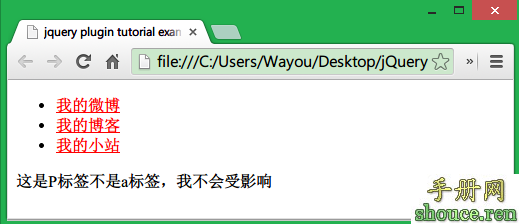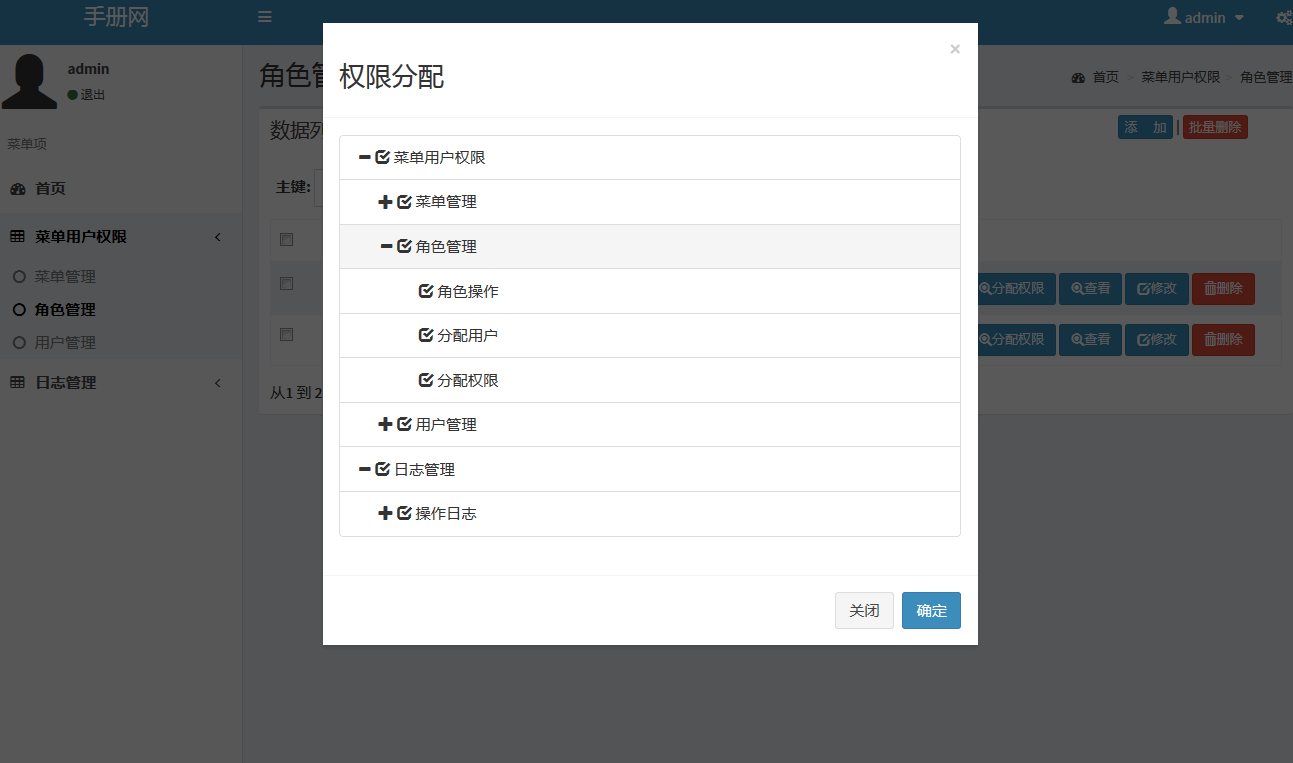每个前端开发者必会的 20 个 JavaScript 面试题
JavaScript 未声明变量直接使用会抛出异常:var name is not defined,如果没有处理异常,代码就停止运行了。
但是,使用typeof undeclared_variable并不会产生异常,会直接返回 undefined。
- var x; // 声明 x
- console.log(x); //output: undefined
- console.log(typeof y); //output: undefined
- console.log(z); // 抛出异常: ReferenceError: z is not defined
问题2:下面的代码输出什么?
- var y = 1; if (function f(){}) {
- y += typeof f;
- }
- console.log(y);
正确的答案应该是 1undefined。
JavaScript中if语句求值其实使用eval函数,eval(function f(){}) 返回 function f(){} 也就是 true。
下面我们可以把代码改造下,变成其等效代码。
- var k = 1;
- if (1) {
- eval(function foo(){});
- k += typeof foo;
- }
- console.log(k);
上面的代码输出其实就是 1undefined。为什么那?我们查看下 eval() 说明文档即可获得答案
该方法只接受原始字符串作为参数,如果 string 参数不是原始字符串,那么该方法将不作任何改变地返回。
恰恰 function f(){} 语句的返回值是 undefined,所以一切都说通了。
注意上面代码和以下代码不同。
- var k = 1;
- if (1) {
- function foo(){};
- k += typeof foo;
- }
- console.log(k); // output 1function
问题3:在JavaScript中创建一个真正的private方法有什么缺点?
每一个对象都会创建一个private方法的方法,这样很耗费内存
观察下面代码
- var Employee = function (name, company, salary) {
- this.name = name || "";
- this.company = company || "";
- this.salary = salary || 5000;
- // Private method
- var increaseSalary = function () {
- this.salary = this.salary + 1000;
- };
- // Public method
- this.dispalyIncreasedSalary = function() {
- increaseSlary();
- console.log(this.salary);
- };
- };
- // Create Employee class object
- var emp1 = new Employee("John","Pluto",3000);
- // Create Employee class object
- var emp2 = new Employee("Merry","Pluto",2000);
- // Create Employee class object
- var emp3 = new Employee("Ren","Pluto",2500);
在这里 emp1,emp2,emp3都有一个increaseSalary私有方法的副本。
所以我们除非必要,非常不推荐使用私有方法。
问题4:JavaScript中什么是闭包?写出一个例子
老生常谈的问题了,闭包是在一个函数里声明了另外一个函数,并且这个函数访问了父函数作用域里的变量。
下面给出一个闭包例子,它访问了三个域的变量
- 它自己作用域的变量
- 父函数作用域的变量
- 全局作用域的变量
- var globalVar = "abc";
- // Parent self invoking function
- (function outerFunction (outerArg) { // begin of scope outerFunction
- // Variable declared in outerFunction function scope
- var outerFuncVar = 'x';
- // Closure self-invoking function
- (function innerFunction (innerArg) { // begin of scope innerFunction
- // variable declared in innerFunction function scope
- var innerFuncVar = "y";
- console.log(
- "outerArg = " + outerArg + "\n" +
- "outerFuncVar = " + outerFuncVar + "\n" +
- "innerArg = " + innerArg + "\n" +
- "innerFuncVar = " + innerFuncVar + "\n" +
- "globalVar = " + globalVar);
- }// end of scope innerFunction)(5); // Pass 5 as parameter
- }// end of scope outerFunction )(7); // Pass 7 as parameter
- innerFunction is closure that is defined inside outerFunc
输出很简单:
- outerArg = 7
- outerFuncVar = x
- innerArg = 5
- innerFuncVar = y
- globalVar = abc
问题5:写一个mul函数,使用方法如下。
- console.log(mul(2)(3)(4)); // output : 24
- console.log(mul(4)(3)(4)); // output : 48
答案直接给出:
- function mul (x) {
- return function (y) { // anonymous function
- return function (z) { // anonymous function
- return x * y * z;
- };
- };
- }
简单说明下: mul 返回一个匿名函数,运行这个匿名函数又返回一个匿名函数,最里面的匿名函数可以访问 x,y,z 进而算出乘积返回即可。
对于JavaScript中的函数一般可以考察如下知识点:
- 函数是一等公民
- 函数可以有属性,并且能连接到它的构造方法
- 函数可以像一个变量一样存在内存中
- 函数可以当做参数传给其他函数
- 函数可以返回其他函数
问题6:JavaScript怎么清空数组?
如
- var arrayList = ['a','b','c','d','e','f'];
怎么清空 arrayList
方法1
- arrayList = [];
直接改变arrayList所指向的对象,原对象并不改变。
方法2
- arrayList.length = 0;
这种方法通过设置length=0 使原数组清除元素。
方法3
- arrayList.splice(0, arrayList.length);
和方法2相似
问题7:怎么判断一个object是否是数组(array)?
方法1
使用 Object.prototype.toString 来判断是否是数组
- function isArray(obj){
- return Object.prototype.toString.call( obj ) === '[object Array]';
- }
这里使用call来使 toString 中 this 指向 obj。进而完成判断
方法二
使用 原型链 来完成判断
- function isArray(obj){
- return obj.__proto__ === Array.prototype;
- }
基本思想是利用 实例如果是某个构造函数构造出来的那么 它的 __proto__是指向构造函数的 prototype属性。
方法3
利用JQuery
- function isArray(obj){
- return $.isArray(obj)
- }
JQuery isArray 的实现其实就是方法1
问题8:下面代码输出什么?
- var output = (function(x){
- delete x;
- return x;
- })(0);
- console.log(output);
输出是 0。 delete 操作符是将object的属性删去的操作。但是这里的 x 是并不是对象的属性, delete 操作符并不能作用。
问题9:下面代码输出什么?
- var x = 1;
- var output = (function(){
- delete x;
- return x;
- })();
- console.log(output);
输出是 1。delete 操作符是将object的属性删去的操作。但是这里的 x 是并不是对象的属性, delete 操作符并不能作用。
问题10:下面代码输出什么?
- var x = { foo : 1};
- var output = (function(){
- delete x.foo;
- return x.foo;
- })();
- console.log(output);
输出是 undefined。x虽然是全局变量,但是它是一个object。delete作用在x.foo上,成功的将x.foo删去。所以返回undefined
问题11:下面代码输出什么?
- var Employee = {
- company: 'xyz'
- }
- var emp1 = Object.create(Employee);
- delete emp1.company
- console.log(emp1.company);
输出是 xyz,这里的 emp1 通过 prototype 继承了 Employee的 company。emp1自己并没有company属性。所以delete操作符的作用是无效的。
问题12:什么是 undefined x 1 ?
在chrome下执行如下代码,我们就可以看到undefined x 1的身影。
- var trees = ["redwood","bay","cedar","oak","maple"];
- delete trees[3];
- console.log(trees);
当我们使用 delete 操作符删除一个数组中的元素,这个元素的位置就会变成一个占位符。打印出来就是undefined x 1。
注意如果我们使用trees[3] === 'undefined × 1'返回的是 false。因为它仅仅是一种打印表示,并不是值变为undefined x 1。
问题13:下面代码输出什么?
- var trees = ["xyz","xxxx","test","ryan","apple"];
- delete trees[3];
- console.log(trees.length);
输出是5。因为delete操作符并不是影响数组的长度。
问题14:下面代码输出什么?
- var bar = true;
- console.log(bar + 0);
- console.log(bar + "xyz");
- console.log(bar + true);
- console.log(bar + false);
输出是
- 1
- truexyz
- 2
- 1
下面给出一个加法操作表
- Number + Number -> 加法
- Boolean + Number -> 加法
- Boolean + Boolean -> 加法
- Number + String -> 连接
- String + Boolean -> 连接
- String + String -> 连接
问题15:下面代码输出什么?
- var z = 1, y = z = typeof y;
- console.log(y);
输出是 undefined。js中赋值操作结合律是右至左的 ,即从最右边开始计算值赋值给左边的变量。
上面代码等价于
- var z = 1
- z = typeof y;
- var y = z;
- console.log(y);
问题16:下面代码输出什么?
- var foo = function bar(){ return 12; };
- typeof bar();
输出是抛出异常,bar is not defined。如果想让代码正常运行,需要这样修改代码:
- var bar = function(){ return 12; };
- typeof bar();
或者是
- function bar(){ return 12; };
- typeof bar();
明确说明这个下问题
- var foo = function bar(){
- // foo is visible here
- // bar is visible here
- console.log(typeof bar()); // Work here : )
- };
- // foo is visible here
- // bar is undefined here
问题17:两种函数声明有什么区别?
- var foo = function(){
- // Some code
- };
- function bar(){
- // Some code
- };
foo的定义是在运行时。想系统说明这个问题,我们要引入变量提升的这一概念。
我们可以运行下如下代码看看结果。
- console.log(foo)
- console.log(bar)
- var foo = function(){
- // Some code
- };
- function bar(){
- // Some code
- };
输出为
- undefined
- function bar(){
- // Some code
- };
为什么那?为什么 foo 打印出来是 undefined,而 bar打印出来却是函数?
JavaScript在执行时,会将变量提升。
所以上面代码JavaScript 引擎在实际执行时按这个顺序执行。
- // foo bar的定义位置被提升
- function bar(){
- // Some code
- };
- var foo;
- console.log(foo)
- console.log(bar)
- foo = function(){
- // Some code
- };
原代码的输出合理解释了。
问题18:下面代码输出什么?
- var salary = "1000$";
- (function () {
- console.log("Original salary was " + salary);
- var salary = "5000$";
- console.log("My New Salary " + salary);
- })();
输出是
- Original salary was undefined
- My New Salary 5000$
这题同样考察的是变量提升。等价于以下代码
- var salary = "1000$";
- (function () {
- var salary ;
- console.log("Original salary was " + salary);
- salary = "5000$";
- console.log("My New Salary " + salary);
- })();
问题19:什么是 instanceof 操作符?下面代码输出什么?
- function foo(){
- return foo;
- }
- console.log(new foo() instanceof foo);
instanceof操作符用来判断是否当前对象是特定类的对象。
如
- function Animal(){
- //或者不写return语句
- return this;
- }
- var dog = new Animal();
- dog instanceof Animal // Output : true
但是,这里的foo定义为
- function foo(){
- return foo;
- }
所以
- // here bar is pointer to function foo(){return foo}.
- var bar = new foo();
所以 new foo() instanceof foo 返回 false
问题20: 如果我们使用JavaScript的”关联数组”,我们怎么计算”关联数组”的长度?
- var counterArray = {
- A : 3,
- B : 4
- };
- counterArray["C"] = 1;
其实答案很简单,直接计算key的数量就可以了。
- Object.keys(counterArray).length // Output 3
- 问题2:下面的代码输出什么?
- 问题3:在JavaScript中创建一个真正的private方法有什么缺点?
- 问题4:JavaScript中什么是闭包?写出一个例子
- 问题5:写一个mul函数,使用方法如下。
- 问题6:JavaScript怎么清空数组?
- 问题7:怎么判断一个object是否是数组(array)?
- 问题8:下面代码输出什么?
- 问题9:下面代码输出什么?
- 问题10:下面代码输出什么?
- 问题11:下面代码输出什么?
- 问题12:什么是 undefined x 1 ?
- 问题13:下面代码输出什么?
- 问题14:下面代码输出什么?
- 问题15:下面代码输出什么?
- 问题16:下面代码输出什么?
- 问题17:两种函数声明有什么区别?
- 问题18:下面代码输出什么?
- 问题19:什么是 instanceof 操作符?下面代码输出什么?
- 问题20: 如果我们使用JavaScript的”关联数组”,我们怎么计算”关联数组”的长度?













